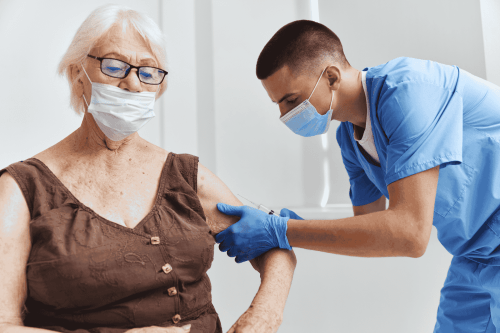The ALS bucket challenge that went viral in the summer of 2014 brought awareness to a disease thousands of Americans get diagnosed with every year. The challenge brought in more than $115 million in donations.
Amyotrophic lateral sclerosis is most commonly known as “Lou Gehrig’s disease” after the New York Yankee diagnosed with ALS in 1939. It is a progressive neuromuscular disease that leads to death a few years after diagnosis. There are no known causes or cure.
ALS is not a reportable disease and there was no way to collect information. The federal Agency for Toxic Substances and Disease Registry (ATSDR) created the National ALS Registry. The registry was launched in 2010 and collects information on people living with the disease to try and determine who is affected and why. ATSDR has also funded surveillance for the registry and research for the disease.
Participants take part in surveys regarding genetics and potential environmental exposures. The results of the first report were released in July 2014 in the Centers for Disease Control and Prevention’s (CDC) Morbidity and Mortality Weekly Report. The report found ALS was more common in men, Whites, non-Hispanics and people 60 to 69 years old.
The ATSDR encourages people to register. The data provides information for research and patients. People that register also get the opportunity to be part of clinical trials and epidemiological studies.
Click here to visit the National ALS Registry.



